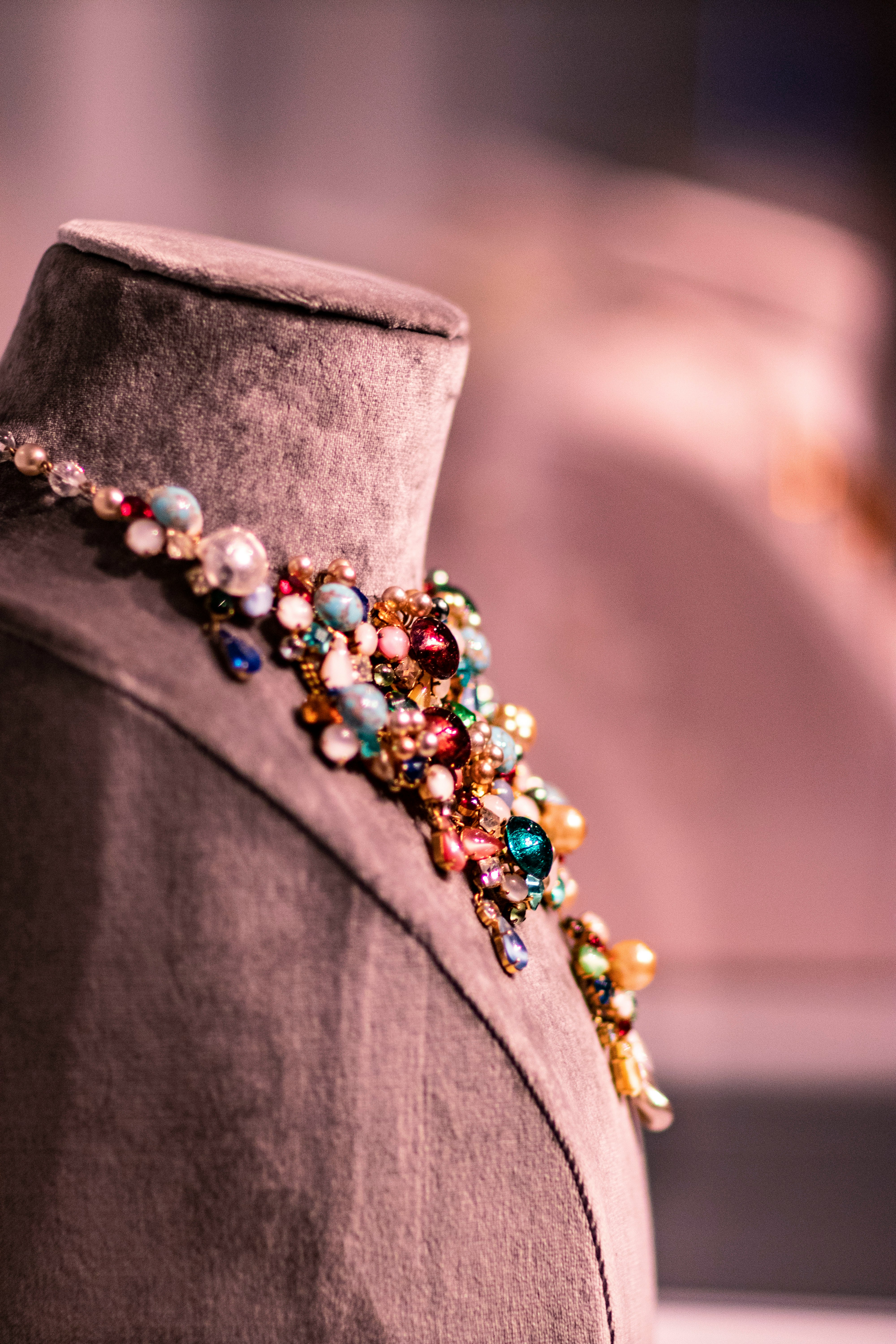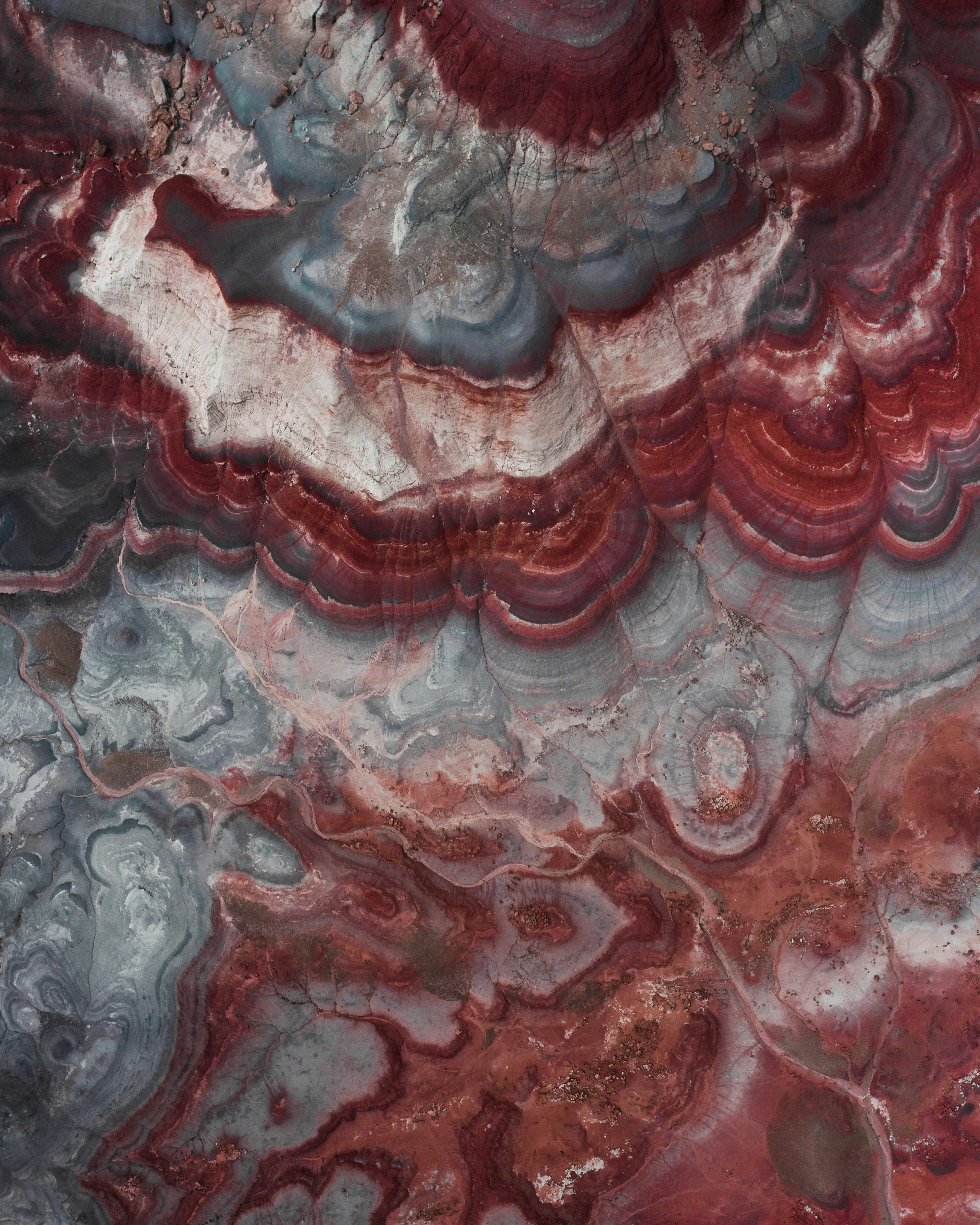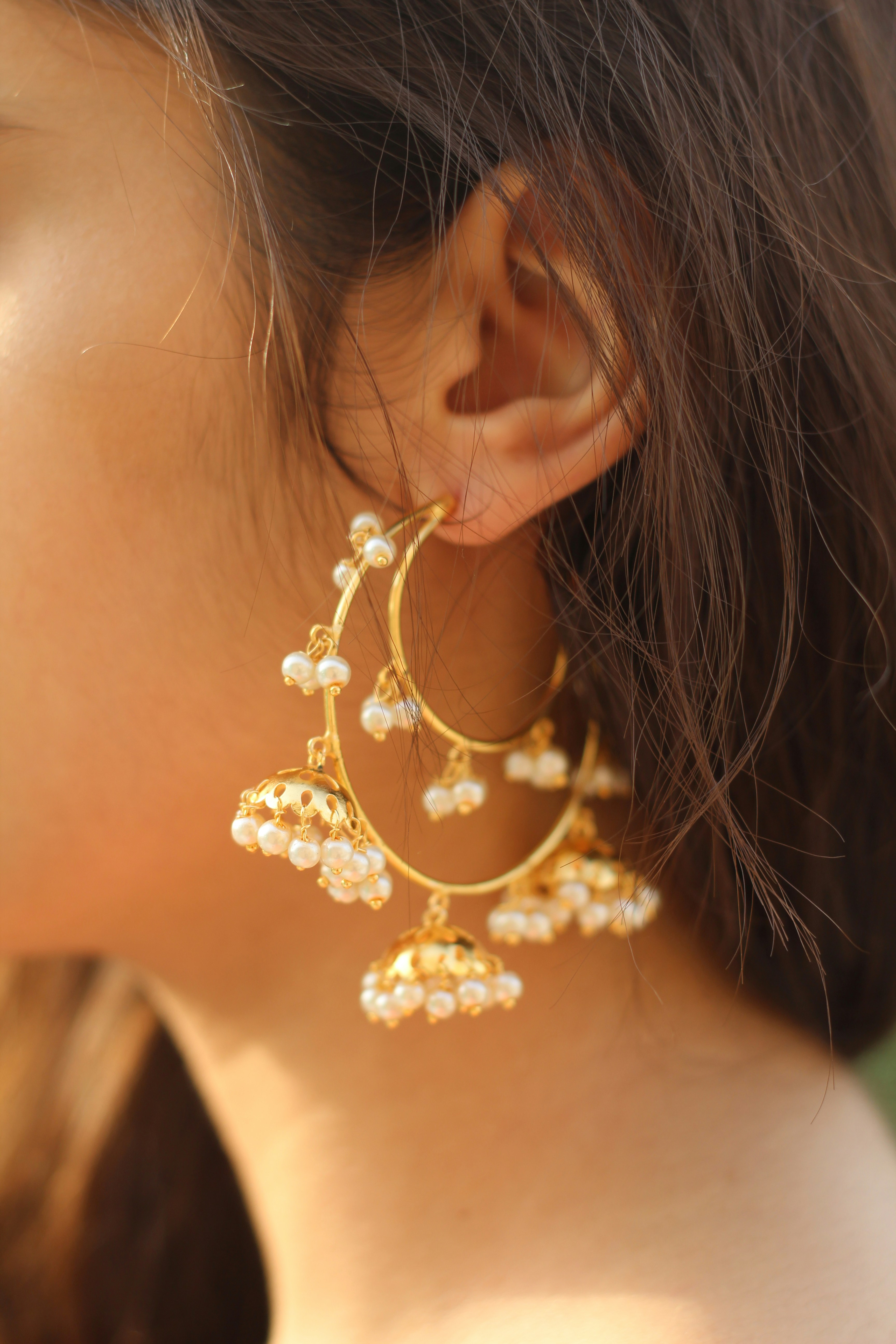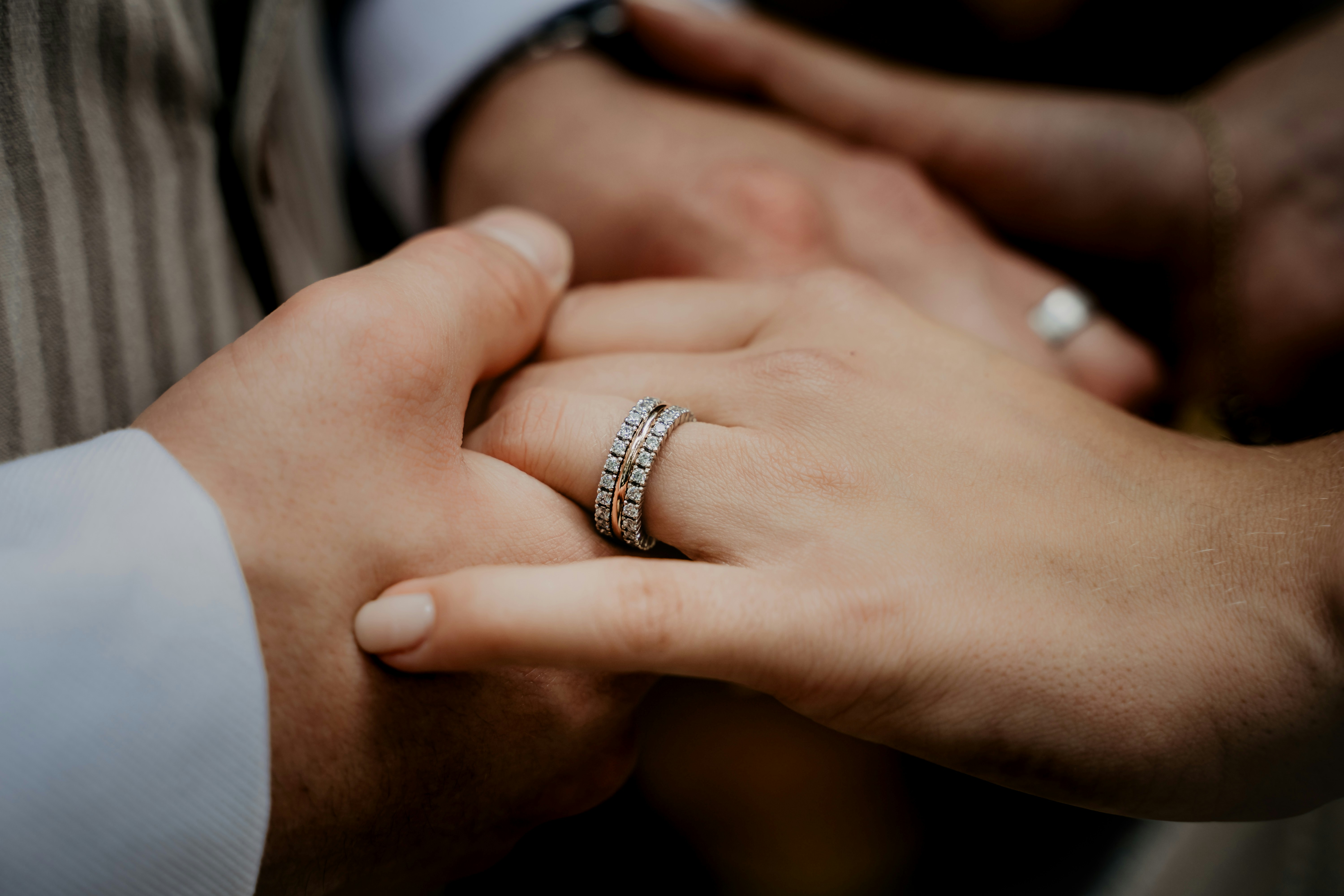1930s Jewelry Trends
Alexander Kellerson

Introduction to 1930s Jewelry Trends
The 1930s were a time of elegance and innovation in the world of jewelry. Despite the economic hardships of the Great Depression, the decade saw the rise of distinctive styles and designs that continue to influence modern fashion. From the bold lines of Art Deco to the growing popularity of costume jewelry, 1930s jewelry trends reflect a unique blend of glamour and practicality.
The Influence of Art Deco on 1930s Jewelry
Art Deco, with its geometric shapes and bold colors, played a significant role in 1930s jewelry trends. This style, which began in the 1920s, continued to evolve in the 1930s, emphasizing streamlined designs and a modern aesthetic. Art Deco jewelry often featured vibrant gemstones, such as sapphires, emeralds, and rubies, set in platinum or white gold.
The clean lines and symmetrical patterns of Art Deco were a stark contrast to the ornate styles of previous decades. Jewelry pieces from this era often included motifs inspired by ancient civilizations, such as Egyptian and Aztec cultures, adding a sense of timelessness to their modern appeal.
Popular Materials and Gemstones in 1930s Jewelry
In the 1930s, jewelry designers favored materials that complemented the sleek Art Deco style. Platinum and white gold were popular choices for settings, providing a neutral backdrop that allowed the vibrant gemstones to stand out. Diamonds, sapphires, emeralds, and rubies were among the most sought-after gemstones, often used in combination to create striking color contrasts.
Pearls also enjoyed widespread popularity during this era, particularly in the form of long, elegant strands worn as necklaces. These materials were chosen not only for their beauty but also for their durability, ensuring that 1930s jewelry pieces could withstand the test of time.
Iconic 1930s Jewelry Designers
Several designers left an indelible mark on 1930s jewelry trends. Among the most notable were Cartier, Van Cleef & Arpels, and Raymond Yard. These designers were known for their innovative designs and meticulous craftsmanship, creating pieces that were both artistic and wearable.
Cartier, in particular, was renowned for its use of exotic motifs and vibrant gemstones, while Van Cleef & Arpels pioneered the 'Mystery Setting,' which allowed gemstones to be set without visible prongs. Raymond Yard's creations were distinguished by their intricate details and high-quality materials, making his pieces highly sought after by collectors.
The Rise of Costume Jewelry in the 1930s
The 1930s saw the rise of costume jewelry as an affordable alternative to fine jewelry. With the economic impact of the Great Depression, many people turned to less expensive materials such as glass, plastic, and base metals. Costume jewelry allowed individuals to accessorize stylishly without the high cost associated with precious gemstones and metals.
Designers like Coco Chanel popularized costume jewelry, encouraging women to mix and match pieces to create their own unique looks. This democratization of fashion made stylish jewelry accessible to a wider audience and cemented the place of costume jewelry in the fashion world.
1930s Jewelry in Hollywood: Glamour and Glitz
Hollywood had a significant influence on 1930s jewelry trends. The silver screen stars of the era, such as Greta Garbo, Marlene Dietrich, and Jean Harlow, were often seen adorned with glamorous jewelry that captivated audiences. These pieces ranged from dazzling diamond necklaces to elaborate brooches, contributing to the allure and mystique of Hollywood.
The film industry's focus on opulence and luxury during the 1930s helped to sustain the demand for high-end jewelry, even during economically challenging times. Jewelry pieces worn by movie stars became aspirational symbols for many, driving trends and influencing the designs of the era.
Jewelry Techniques and Innovations of the 1930s
The 1930s were a period of technological advancement in jewelry making. One of the notable innovations was the use of invisible settings, which allowed gemstones to be mounted without visible metal supports, creating a seamless appearance. This technique was perfected by Van Cleef & Arpels and became a hallmark of their designs.
Another significant development was the increased precision in gemstone cutting, which enhanced the brilliance and fire of the stones. Advances in metalworking also allowed for more intricate and delicate designs, further expanding the possibilities for jewelry artisans.
Everyday Jewelry vs. Evening Wear in the 1930s
In the 1930s, there was a clear distinction between everyday jewelry and pieces meant for evening wear. Daytime jewelry tended to be simpler and more understated, often featuring smaller gemstones and minimalist designs. Popular items included brooches, bracelets, and modest rings.
In contrast, evening wear jewelry was all about making a statement. Larger gemstones, intricate designs, and luxurious materials were the hallmarks of pieces worn to formal events. Long, dangling earrings, elaborate necklaces, and bold cocktail rings were commonly seen at glamorous gatherings and social events.
The Legacy of 1930s Jewelry in Modern Fashion
The influence of 1930s jewelry trends can still be seen in modern fashion. The Art Deco style, in particular, has experienced several revivals, with contemporary designers drawing inspiration from its geometric patterns and bold colors. Vintage 1930s pieces are highly sought after by collectors and fashion enthusiasts alike.
Modern jewelers continue to experiment with materials and techniques pioneered in the 1930s, ensuring that the legacy of this vibrant decade lives on. The timeless elegance and innovative spirit of 1930s jewelry continue to captivate and inspire.
Collecting and Valuing 1930s Jewelry Today
Collecting 1930s jewelry has become a popular hobby for vintage enthusiasts and collectors. Pieces from this era are valued for their historical significance, craftsmanship, and unique designs. When evaluating 1930s jewelry, factors such as the quality of the materials, the condition of the piece, and the designer's reputation are crucial.
Authentic Art Deco pieces and those created by renowned designers like Cartier and Van Cleef & Arpels are particularly prized. As interest in vintage jewelry continues to grow, the value of well-preserved 1930s pieces is likely to increase, making them a worthwhile investment for collectors.
Conclusion: The Enduring Appeal of 1930s Jewelry Trends
The jewelry trends of the 1930s have left an indelible mark on the fashion world. From the geometric elegance of Art Deco to the rise of affordable costume jewelry, this decade was a period of innovation and transformation. The timeless beauty and craftsmanship of 1930s jewelry continue to inspire modern designers and captivate collectors.
As we look back on the 1930s, we can appreciate the enduring appeal of the jewelry trends from this era. Whether it's a vintage piece or a contemporary design inspired by the past, 1930s jewelry remains a symbol of elegance and artistic expression.





